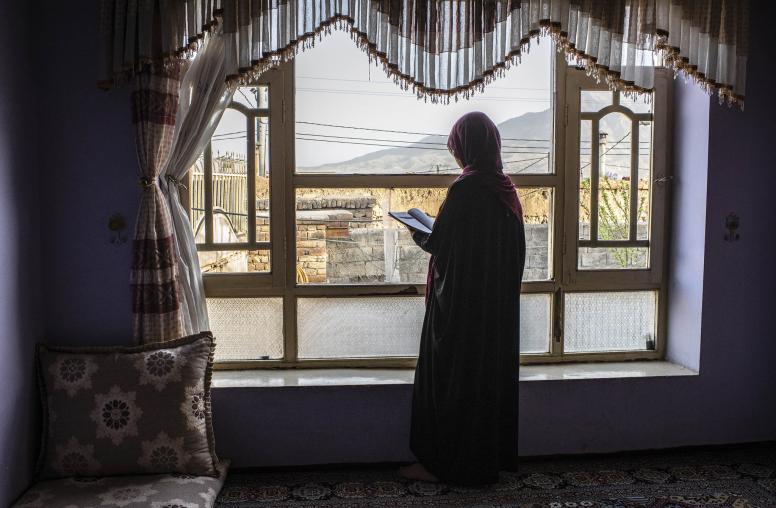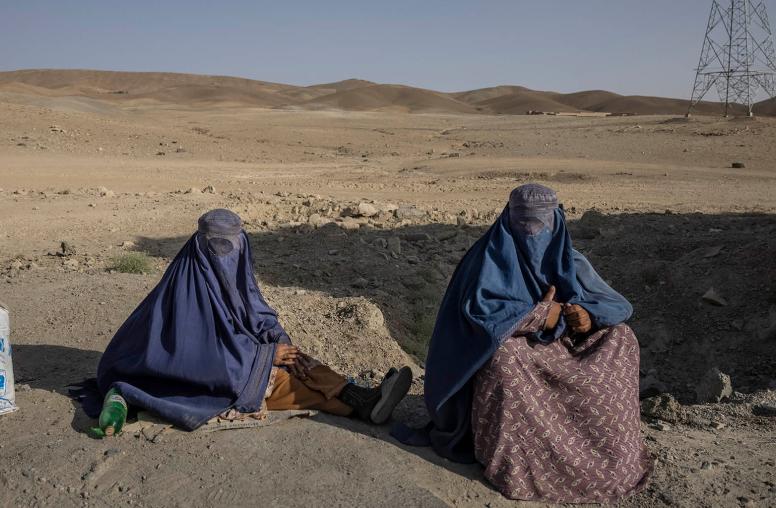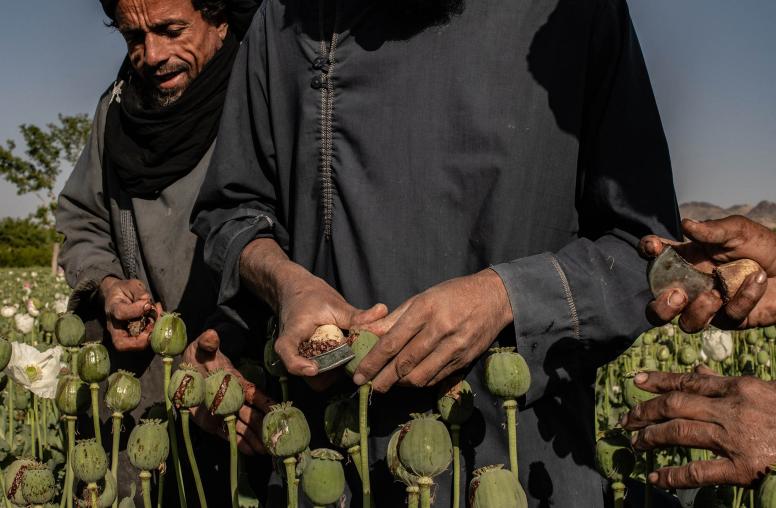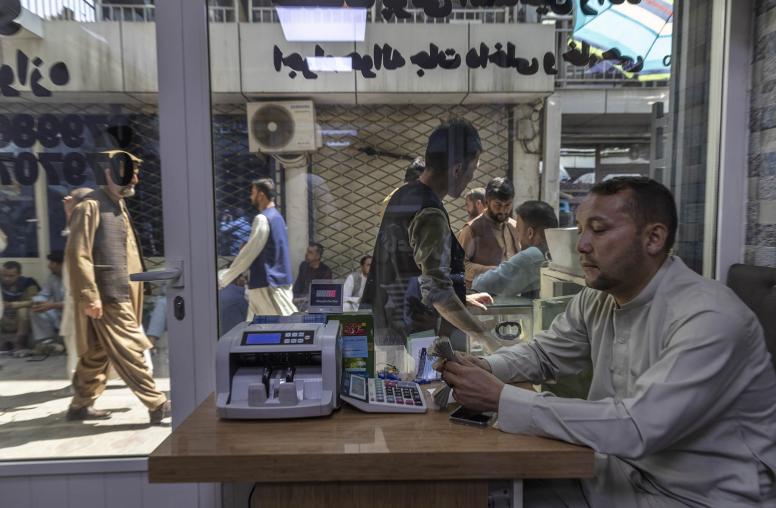Health Initiatives and Counterinsurgency Strategy in Afghanistan
An initiative by the Ministry of Public Health in Afghanistan to expand health services throughout the country, including rural communities, and supported by donors including USAID, has vastly expanded access to primary health care services, significantly reduced child mortality, and increased the capacity of the Afghan government to provide an essential service to its people.

Summary
- An initiative by the Ministry of Public Health in Afghanistan to expand health services throughout the country, including rural communities, and supported by donors including USAID, has vastly expanded access to primary health care services, significantly reduced child mortality, and increased the capacity of the Afghan government to provide an essential service to its people. The program is based on principles of equity, national ownership, community engagement, and women’s equality, and it warrants continued development. Many challenges remain, not least expanding services in insecure areas, and a more stable environment could better enable the Ministry of Public Health to achieve its goals.
- The U.S. military has supported health services development for the Afghan army and also offers significant emergency care services to civilians in insecure regions, training for health workers, construction of health facilities and other health -related programs. The military’s civilian health initiatives, largely disconnected from the Ministry of Public Health, are short term, ad hoc, and unsustainable, and to date have lacked a consistent rationale or strategy, and have not been subject to evaluation.
- U.S. counterinsurgency strategy seeks to mesh development and security objectives through activities that enhance the legitimacy of the Afghan government in the eyes of its people. In the field of health, there are considerable tensions between counterinsurgency and development strategies, which must be addressed to increase the capacity of the government and meet health needs of the people.
About This Brief
Multidonor civilian health initiatives in Afghanistan have brought remarkable improvements in access to health care, government capacity to organize services and survival rates among children. The U.S. military is engaged in a variety of civilian health activities, including emergency services in insecure areas. U.S. policy now seeks to tie USAID health development activities to a larger counterinsurgency strategy. This Peace Brief suggests that health development in Afghanistan should be driven by longer-term goals that include enhancing the capacity of the Afghan government to deliver health services.



